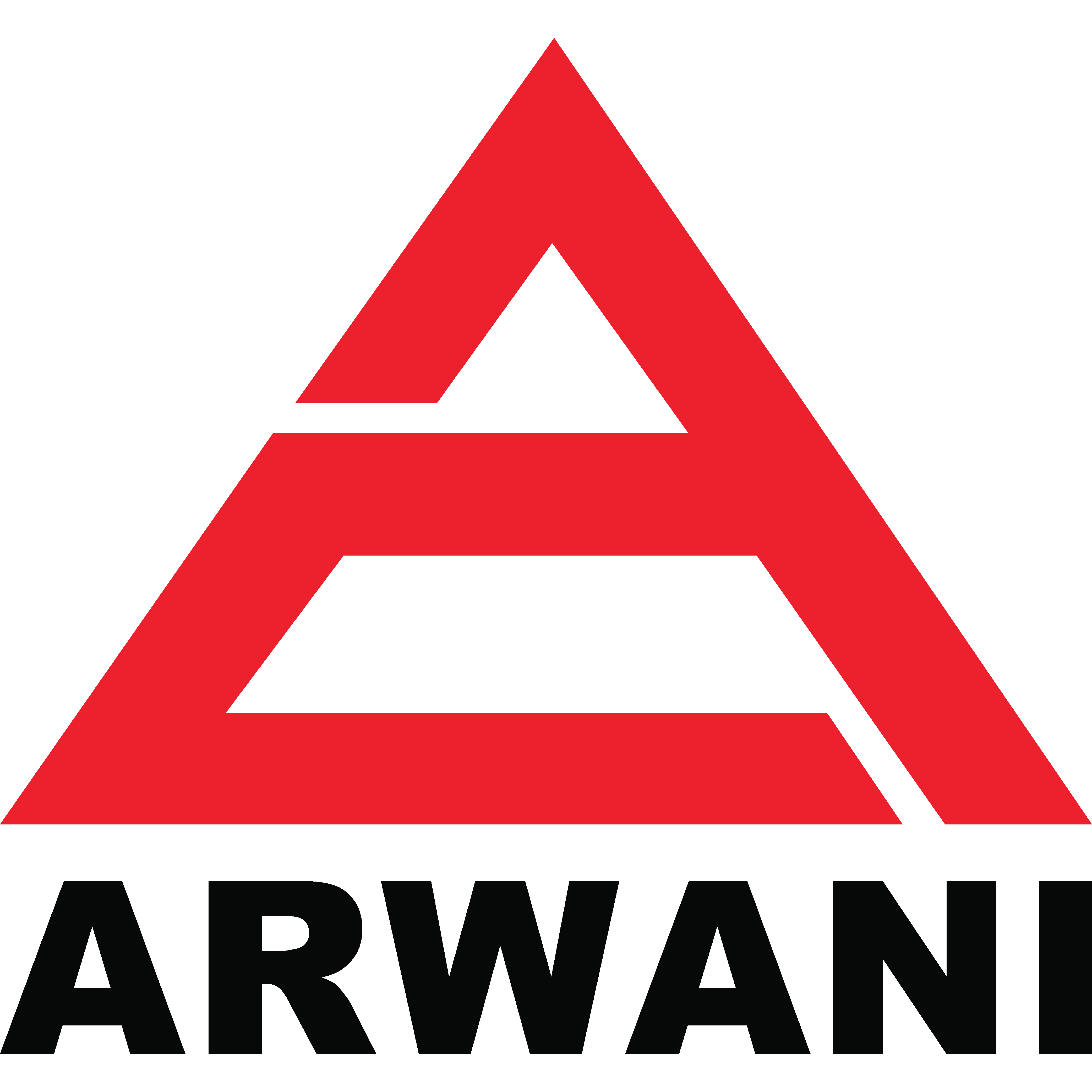Waterjet cutting is renowned in the world of manufacturing for its precision, versatility, and cold-cutting capabilities—making it a top choice for aerospace, automotive, and industrial fabrication. But like any advanced CNC machinery, your waterjet cutter’s performance depends on regular maintenance, system calibration, and informed operation.
Preventive care isn't just about avoiding breakdowns; it's about ensuring superior cut quality, extending machine lifespan, and minimizing production downtime. In this guide, we share proven tips to prevent common waterjet cutting problems and keep your system running at peak efficiency.
Understand Your Waterjet System
Read the Machine Manual
Every waterjet system has specific operating and maintenance requirements. Whether you use a Flow, OMAX, KMT, or TECHNI model, familiarize yourself with the manufacturer's manual to avoid misuse and adhere to service schedules.
Perform Routine Inspections
Consistent inspections help detect potential failures before they disrupt operations. Check water pressure levels, look for leaks, and assess the condition of seals, hoses, and nozzles. Early detection means lower repair costs and uninterrupted production.
Nozzle Wear Prevention
Inspect Nozzles Frequently
High-pressure water mixed with abrasives gradually erodes the nozzle. Worn nozzles lead to tapering cuts, inaccurate paths, and inconsistent kerf widths.
Watch for Asymmetrical Wear
Irregular wear may signal alignment problems or abrasive feed inconsistencies. Make nozzle inspection part of your daily maintenance checklist and replace damaged orifices promptly.
Improve Abrasive Feed Consistency
Calibrate the Abrasive Flow
An inconsistent abrasive stream reduces cutting speed and increases nozzle wear. Calibrate flow rates based on the material type and desired finish.
Use Dry, High-Quality Garnet
Moist or contaminated garnet can cause clogs and reduce cut accuracy. Store abrasives in dry environments and use mesh sizes compatible with your system.
Prevent and Clear Clogs
Implement a Cleaning Schedule
Clogs in the mixing chamber or focusing tube can reduce stream velocity or halt cutting entirely. Clean these parts regularly to prevent build-up of dust or particles.
Upgrade Abrasive Quality
Low-grade abrasives may contain fines or contaminants that accelerate wear and clogging. Invest in premium garnet for improved reliability.
Maintain Water Quality and Pressure
Monitor Water Purity
Poor water quality leads to seal failure, scale buildup, and corrosion. Use filtration systems and test water hardness frequently to stay within spec.
Detect Leaks Early
Leaks in hoses, intensifiers, or fittings waste water and compromise pressure. Inspect all seals and joints regularly and replace worn components.
Regulate Water Pressure
Use pressure gauges and control valves to maintain optimal pressure. This not only improves cutting quality but protects internal components from overload.
Secure Material Handling
Clamp Materials Properly
Unsecured materials can shift mid-cut, damaging parts and wasting stock. Use adjustable jigs, clamps, or CNC material holders to stabilize each job.
Maintain Mechanical Components
Cutting heads, seals, nozzles, and intensifiers must be checked for alignment, wear, and leakage. Keep critical spares on hand for quick replacement when needed.
Avoid Overstroking and Hydraulic Failures
Monitor Intensifier Stroke Rates
Overstroking leads to excessive wear, triggering alarms and shutting down the system. Track stroke behavior and recalibrate if irregularities appear.
Maintain the Hydraulic Circuit
Ensure that hydraulic fluid is clean, temperatures are regulated, and relief valves are functioning properly. Replace worn seals and monitor oil pressure levels regularly.
Prevent Electrical and Software Failures
Check Electrical Components
Inspect cables, connectors, and control panels for signs of corrosion or wear. Keep electrical enclosures clean and moisture-free.
Update Control Software
Modern waterjet systems rely heavily on CNC software for toolpaths and parameter control. Keep your software up to date to reduce compatibility issues and unlock performance features.
Optimize Cutting Parameters
Adjust Cutting Speed
Balancing speed with material type is crucial. Too fast causes incomplete cuts; too slow can overheat or waste abrasives. Reference your machine’s material charts for ideal speeds.
Fine-Tune Standoff Distance
The space between the nozzle and the workpiece affects precision. Calibrate this distance based on nozzle size and material thickness to reduce taper and striations.
Implement Preventive Maintenance
Follow a Maintenance Schedule
Develop a preventive maintenance plan that includes daily, weekly, and monthly tasks. Use checklists to ensure nothing is overlooked.
Train Operators Thoroughly
Your operators are your first defense. Provide hands-on training in machine safety, calibration, and troubleshooting techniques to reduce human error and improve uptime.
Seek Arwani Technical Support When Needed
If your waterjet cutting system experiences issues beyond routine maintenance or in-house troubleshooting, reach out to the Arwani technical support team. Our certified technicians specialize in diagnosing and resolving complex problems across all major waterjet systems. With expert guidance and access to genuine components, we ensure your equipment is restored to peak performance with minimal downtime.
For support, contact us at:
-
Phone: +971 56 896 3188
- Website: www.arwani.ae







